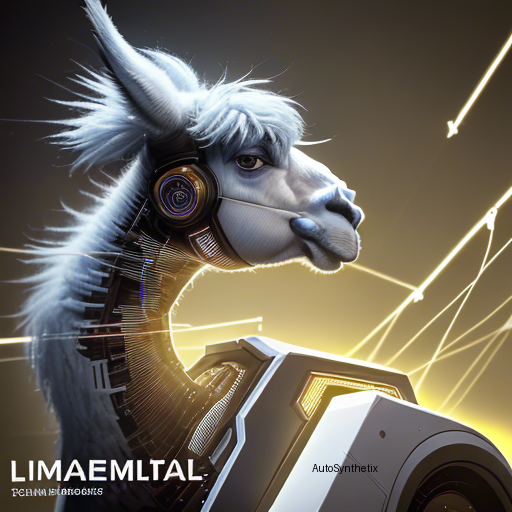Introduction
The digital age has seen an explosion in data organization through semi-structured tabular formats. The ability to efficiently interact with these vast collections of structured yet complex data holds immense potential across various fields. In recent years, research efforts have concentrated heavily on creating specialized tools tailored to individual aspects within the domain of tabulated knowledge management. However, a more versatile approach was long overdue – cue 'TableLlama', a groundbreaking development aiming at universalizing interactions with diverse forms of organized data via large language modeling techniques.
Overcoming Barriers in Existing Methodologies
Existing methodologies commonly face three major challenges when dealing with automated interpretation, enrichment, and querying of semantic structures in tabular environments:
1. Preliminary restrictions due to a lack of universality in their architectures limit applicability. 2. Most solutions focus narrowly on particular table categories rather than presenting a comprehensive solution applicable across different varieties. 3. Simplified presumptions regarding real-world scenarios undermine practical efficiencies significantly.
Introducing TableLlama & TableInstruct Dataset
To overcome such limitations, researchers introduced two innovative concepts into the field – TableLlama, a novel large-scale language model designed specifically for handling a multitude of table-centric activities, alongside its companion dataset, aptly named "TableInstruct." These developments mark significant steps toward establishing flexible, large-language models capable of coping effectively with myriad table-related responsibilities.
Key Features of TableLlama
TableLlama boasts several salient features, making it stand apart from traditional approaches:
1. Adaptation: Developers constructed TableLlama upon LLaMA 2's robust foundation (a 7 billion parameter model), employing LoRa weight compression technique to tackle issues associated with extended textual input sequences typically encountered while working with extensive tabular data sets. 2. Versatility: As opposed to conventional, highly specialized designs catering exclusively to certain domains, TableLlama showcases impressive adaptability, excelling not just within confines of its original purpose but also demonstrating commendable outcomes even outside its designated scope. 3. Open Source Availability: To encourage ongoing advancements in this area, developers made both the TableInstruct dataset and the resulting refined version of TableLlama available openly, fostering collaborative innovation among scientific communities worldwide.
Performance Evaluation
Experimental evaluations conducted using multiple metrics display promising results, confirming the effectiveness of TableLlama's multi-task competence across distinct settings. Within the in-domain environment, seven out of eight assessed assignments yield either comparable or superior accomplishments relative to state-of-the-art counterparts explicitly engineered for those exact jobs. Additionally, six out-of-context databases report between five to forty-four enhanced points contrasted against the baseline model, indicating improved overall generality after incorporating the lessons learned during exposure to the TableInstruct corpus.
Conclusion
As the world continues evolving around massive repositories of digitally stored structured data, innovations like TableLlama herald a paradigm shift away from siloed, single-purpose automation systems. By uniting powerful foundational elements, namely LLaMa's expansive capacity blended judiciously with LoRa's ingenious addressing mechanism, the introduction of TableLlama paves the way for a new era where artificial intelligence assimilates proficiency spanning numerous facets of tabular interaction seamlessly. Undeniably, the impactful implications extend far beyond initial expectations, opening doors to previously inconceivable possibilities in managing big data conveniently and intelligently.
References: arXiv:2311.09206v2 "TableLlama: Towards Open Large Generalist Models for Tables"
Source arXiv: http://arxiv.org/abs/2311.09206v2
